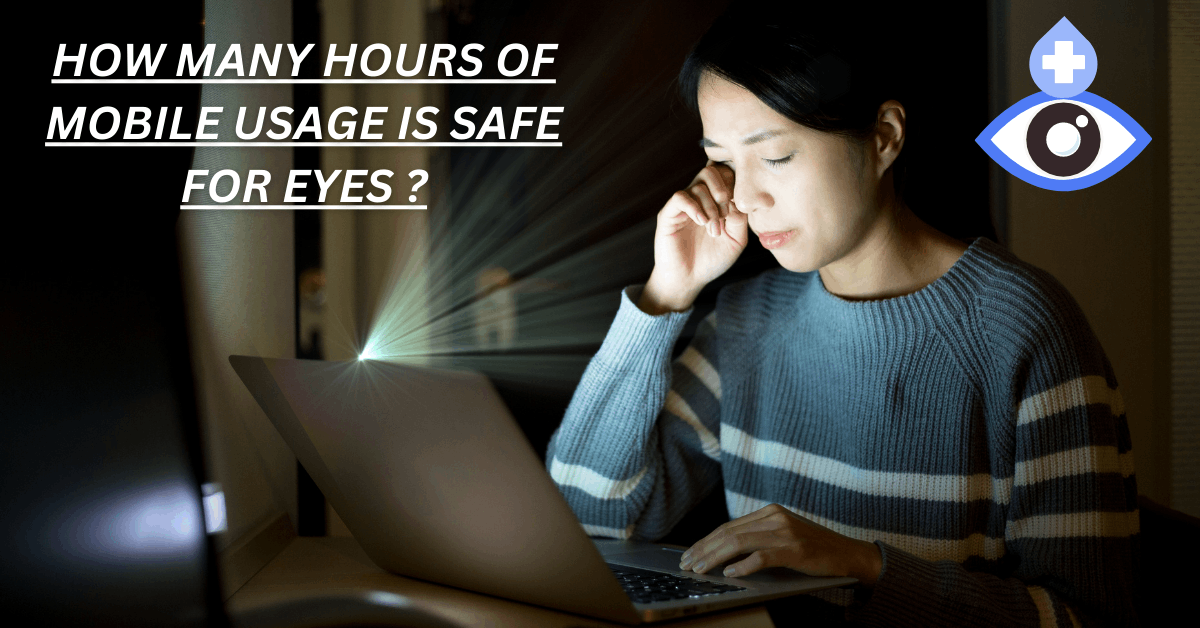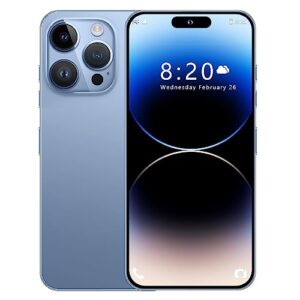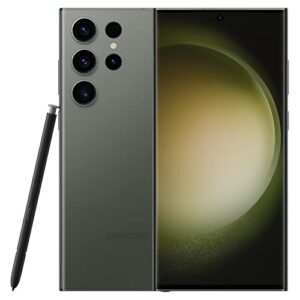
Modern smartphones have a highly extensive collection of camera-related features. Since many of us always have a smartphone with us, it has often replaced a traditional camera as our main camera.
In its most basic form, smartphone photography is just a matter of gathering photons (light) and turning them into electrons. When trying to capture your topic in high-quality photos, the accompanying technology and software’s capabilities are crucial.
What Is Megapixels?
A smartphone’s camera’s resolution is expressed in megapixels, albeit a greater megapixel count doesn’t automatically translate into a better image. Manufacturers are putting greater emphasis on the quality of the megapixels that are being taken, which has reduced the need for ever-increasing megapixels.
Achieved by using a CMOS sensor with larger pixels to collect more light, as opposed to a high-resolution CMOS sensor with smaller pixels and less light-capturing capacity. Images with a higher megapixel count can be “cropped” without drastically losing detail. When printed, for instance when making “posters,” greater megapixel photos also guarantee a higher quality image.
What Is Autofocus?
The exterior Lens Covers on modern smartphones are fixed in place, so you cannot see the internal autofocus technology. Only autofocus cameras enable the capture of extremely close objects.
When you zoom in on a topic with many smartphones, the digital zoom they use effectively “crops” the image for you, resulting in a lower-quality image at any size. To enable optical zoom, many top smartphones, however, use a second lens.
What is LED flash?
The most widely used flash for smartphones up until recently was LED technology. It consumes little physical area, uses little power, and can operate continuously. The color temperature is frequently inappropriate for a scene, it is slow, and it only illuminates a very limited region.
What Is HDR?
HDR mode produces three photos at various exposures as opposed to one. These three pictures are combined by the CPU/ISP, which also emphasizes the most appealing elements in each picture. You may frequently choose between a conventional shot and an HDR photo on your smartphone. Instead of what your smartphone lens sees, the end result ought to more closely reflect what you see.
HDR isn’t always the greatest option, depending on the subject matter and lighting. As a result, smartphone manufacturers use AI and Auto HDR to decide how to use HDR and other modes in the best way possible.
Video
The majority of smartphones can record 720p HD video at 30 frames per second (FPS), at the very least. The smoother the video is, or in the case of slow-motion photography, the slower you may shoot without sacrificing quality. More storage space is needed as resolution and frame rate increase.
Video formats & frame
- 1080p HD at 30 fps
- 1080p HD at 60 fps
- 4K at 24 fps
- 4K at 30 fps
- 4K at 60 fps
Slo-mo
- 720p HD at 240 fps
- 720p HD at 960 fps
- 1080p HD at 120 fps
- 1080p HD at 240 fps
- 1080p HD at 960 fps
We suggest consulting the manufacturer’s specifications for the higher 960 fps devices to learn more about how the higher frame rate actually functions. Some phones only take a very brief burst at 960 frames per second, making capturing more difficult.










[…] Samsung’s latest mobiles in 2023 are likely to feature improvements in camera technology, with higher megapixel counts, advanced sensors, and other features that enhance the quality of […]
[…] of the biggest selling points of Google’s Pixel phones is their cameras. The Pixel 6a is expected to have a dual-camera setup with a 12-megapixel primary sensor and a […]